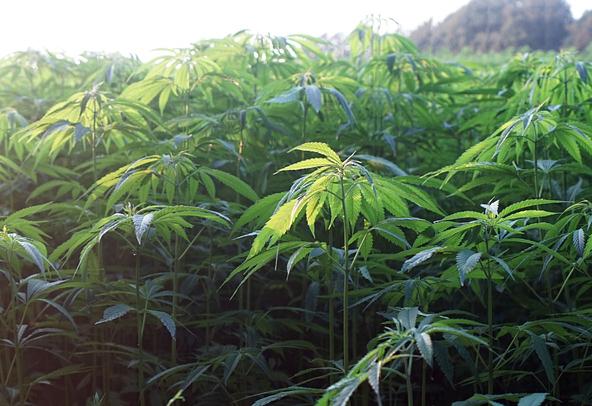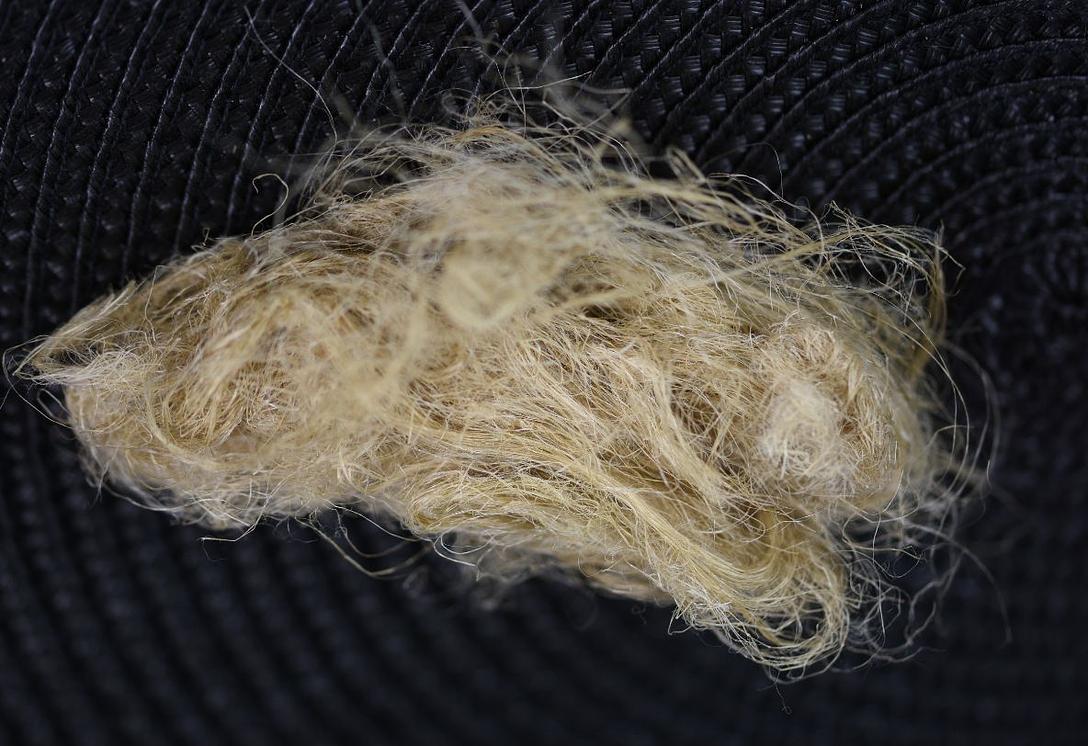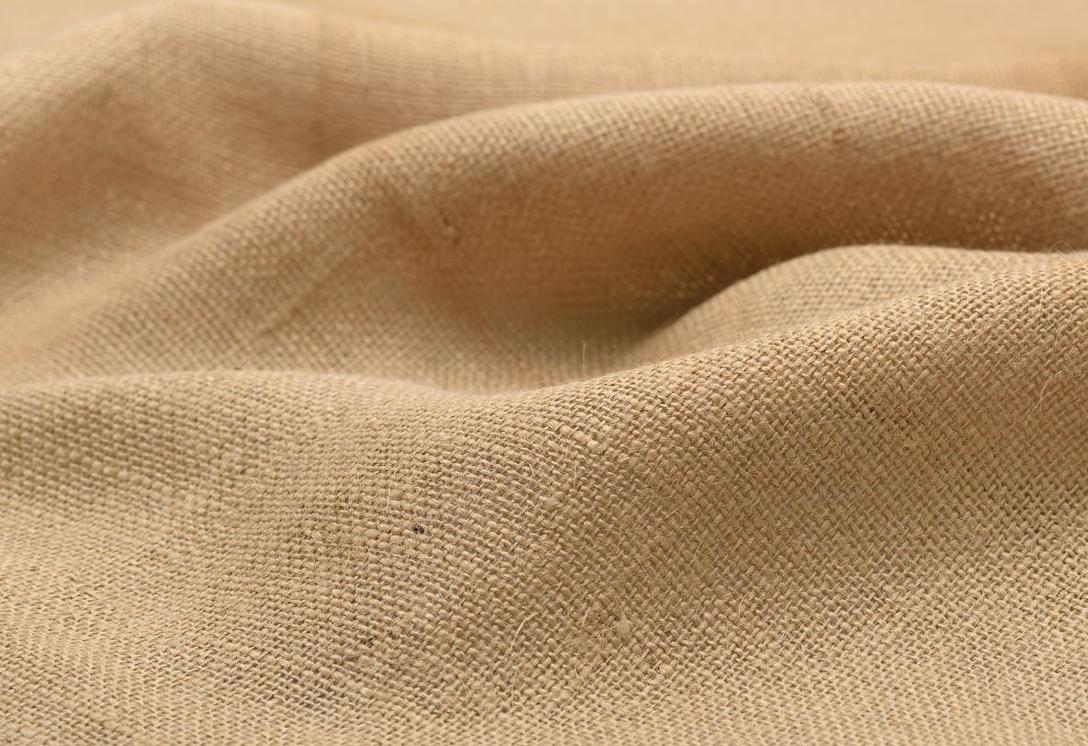Hemp in history
From Antiquity to the present day, hemp has been used throughout the ages. Its use in India, Persia, Egypt and Greece has allowed it to adapt to the needs of its contemporaries. Here is a look at the evolution of hemp, a plant with many facets, throughout its history.




